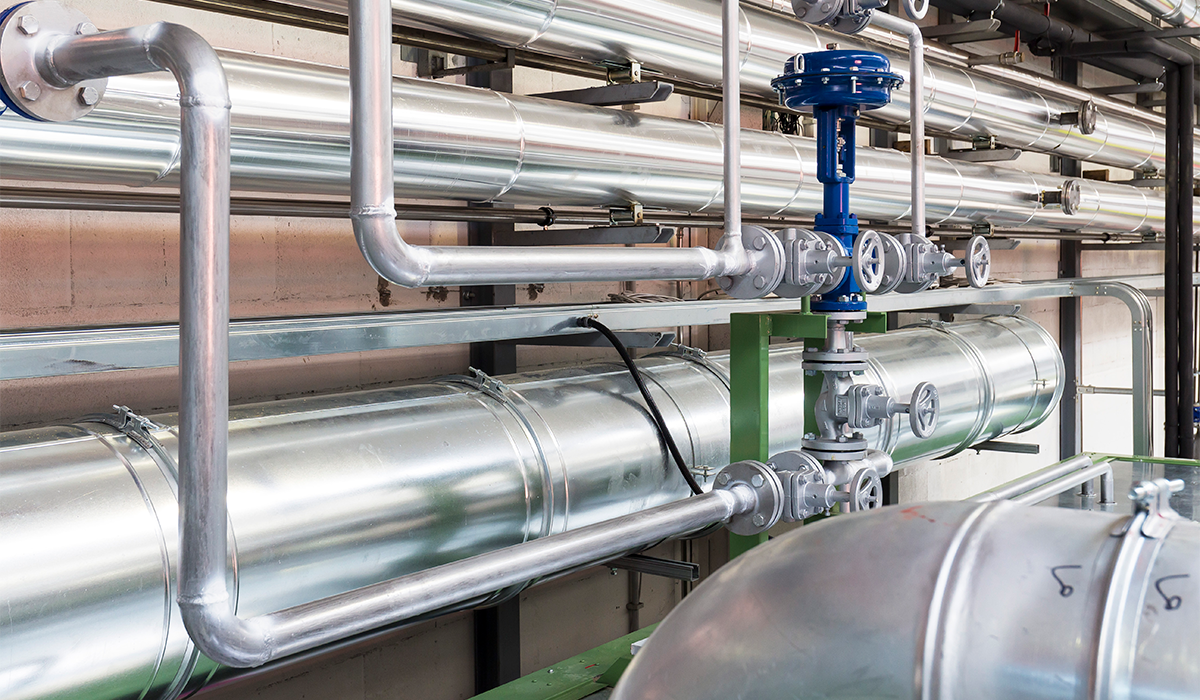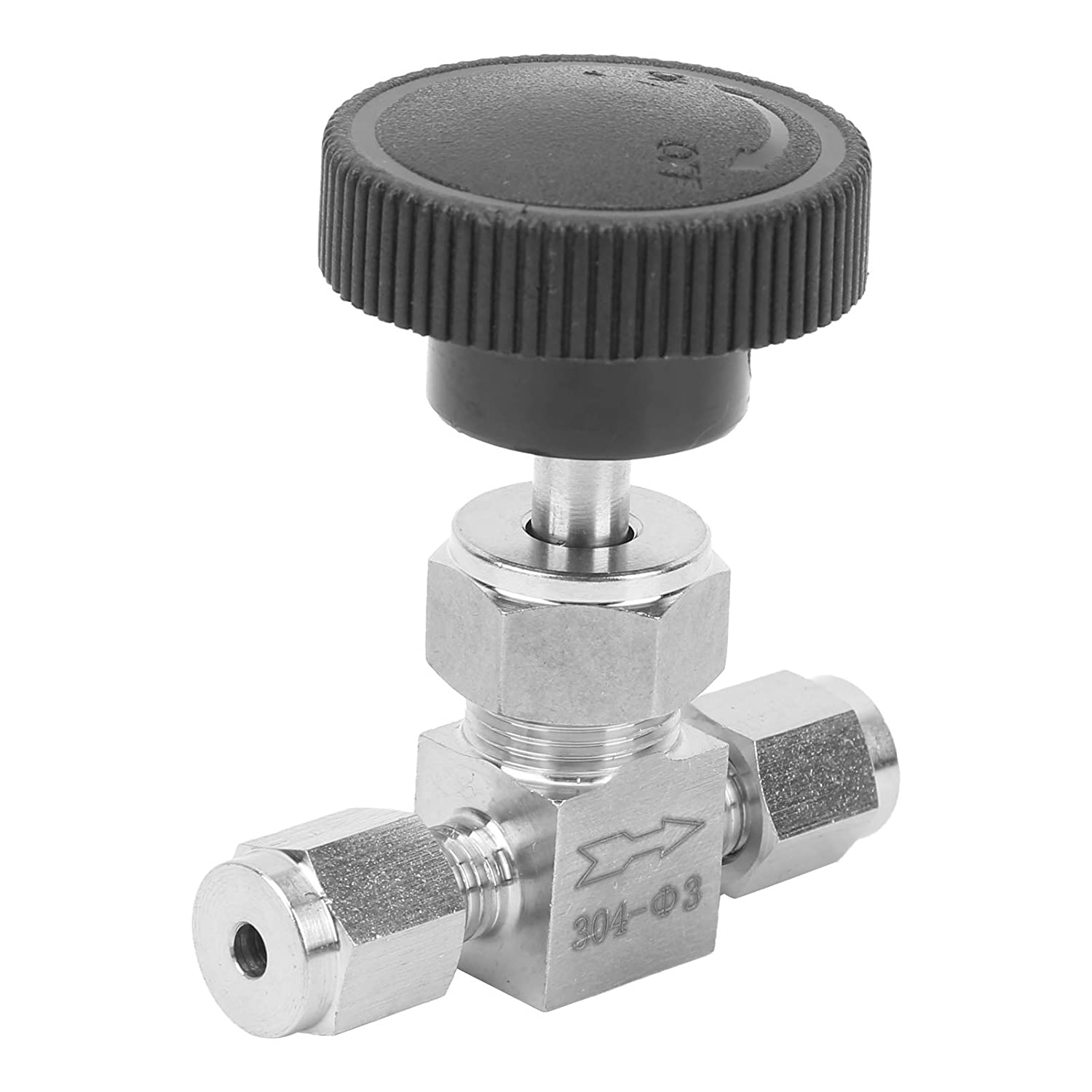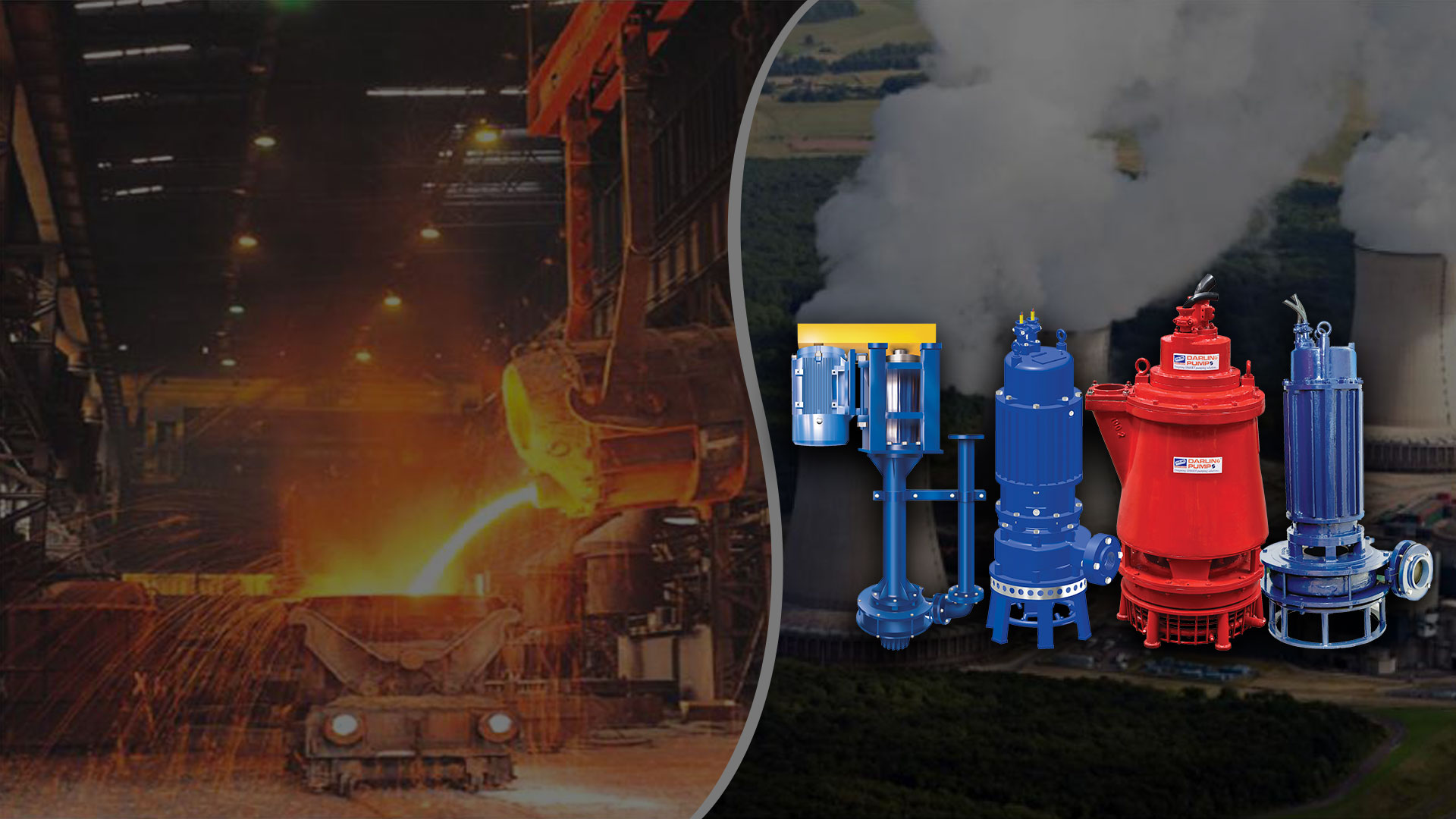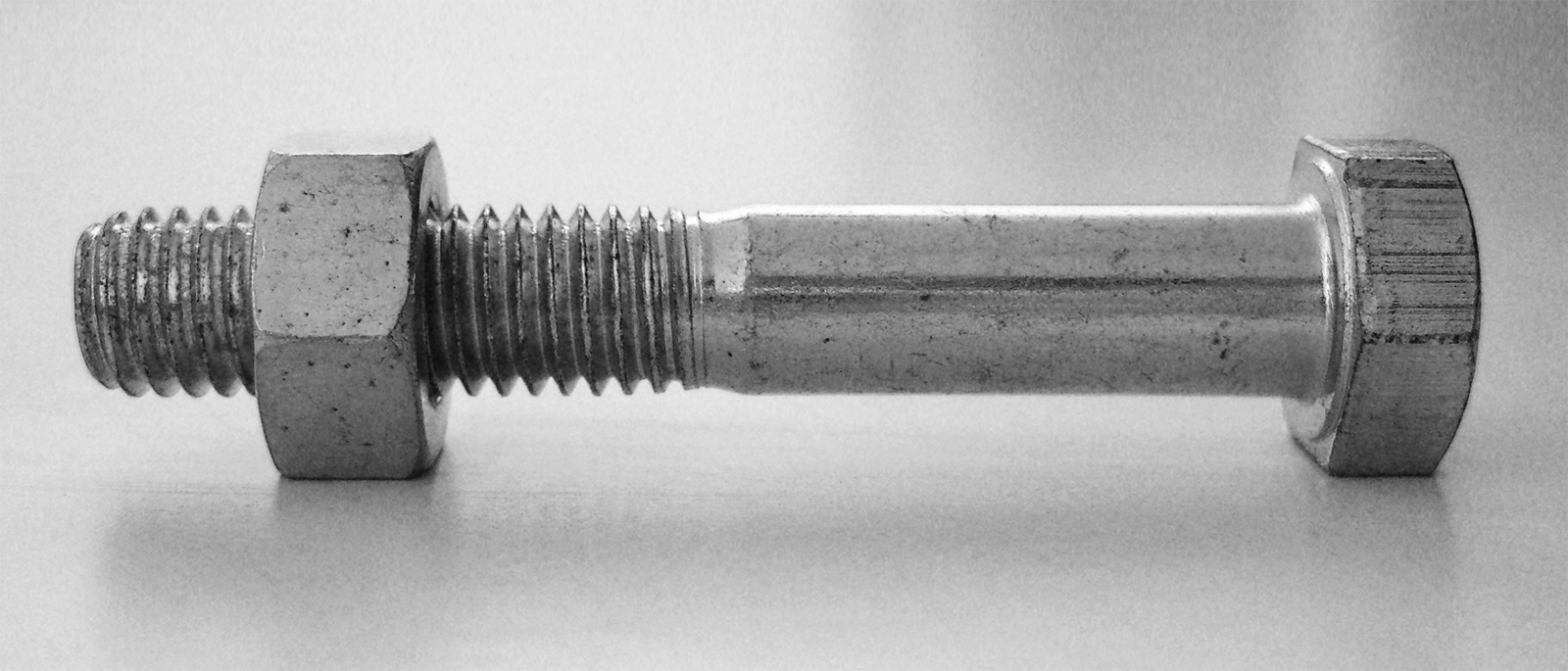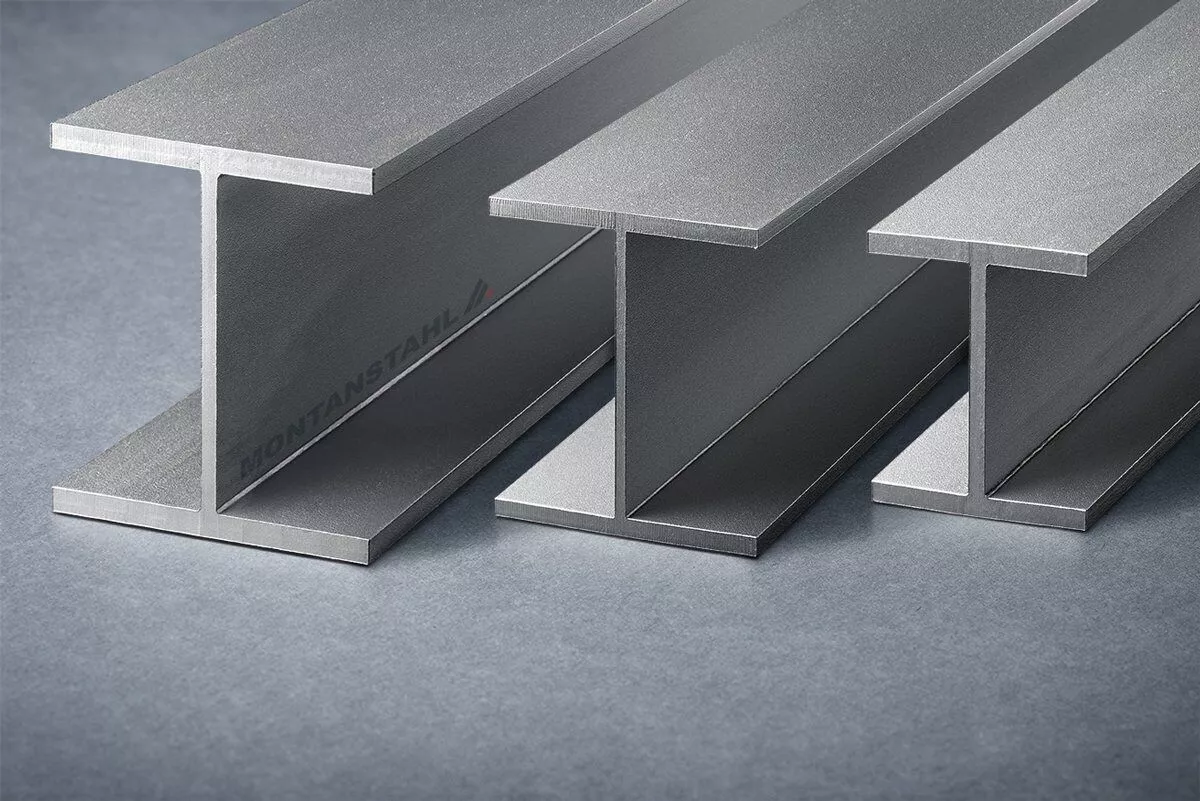Heat Exchanger Tube Plugging: An In-Depth Look at Types of Plugs and Plugging Steps
Heat exchangers are essential components in a wide range of industries, including power generation, oil and gas, HVAC, and more. Over time, these exchangers can develop leaks in their tubes, leading to inefficiencies, potential safety hazards, and costly downtime. To…
Heat Exchanger Fouling Factor: Its Significance and Calculation
Heat exchangers are integral components in a wide range of industries, including power generation, chemical processing, HVAC, and more. They are designed to transfer heat from one fluid to another without mixing them. However, during their operation, they often encounter…
The Science Behind Pipe Friction Loss: Understanding the Important Aspect
Piping is the use of pipes, valves, fittings, and other components to transport liquids, gases, and other fluid substances. Piping systems are used in a wide range of applications, including water supply and distribution, heating, ventilation, air conditioning (HVAC), and…
Piping Design for High-Rise Buildings : Everything Important from Challenges to Solutions
Piping or piping design is a technique used in computer science and technology for transmitting data from one process to another, through a pipe. A pipe is a communication mechanism that allows two processes to communicate with each other by…
Needle Valve : Types, Symbols, Uses – All There Is To Know About The Essential Object
A needle valve is a precision control valve that regulates the flow of liquids or gases through a pipe or tubing. The valve features a pointed tip that resembles a needle, which can be adjusted to control the flow by…
Purpose of Pumps : Why Are Pumps and Pumping Systems so Integral and Essential
A pump is a device that moves fluids (liquids or gases) from one place to another. It is used to increase the pressure of the fluid, to overcome resistance in the piping or for other purposes. The main component of…
What is Viscosity? Factors, Newton’s Law, and Importance of Viscosity in Various Industries
Viscosity refers to a property of fluids that characterizes their resistance to flow and determines their thickness. This property is determined by the internal friction within a fluid that acts to oppose the relative motion of its different layers. Fluids…
Stud Bolt : Types, Selection, Materials, and Standards of Stud-Bolt – A Detailed Account its Importance
A stud bolt is a specialized fastener utilized in a variety of high-pressure applications, including pipelines, pressure vessels, and related equipment. It is composed of a threaded rod and two heavy hex nuts, as well as a flat or square…
H-beam vs I-beam : Features, Similarities, Differences – A Precise and Informative Comparative Study
H-beams and I-beams are both types of structural steel commonly used in construction. The main difference between the two lies in their shape, with the H-beam having a wider flange (the horizontal section) compared to the I-beam. The flange of…
What is Monel? Properties, Applications, Grades, Advantages, Disadvantages
Monel alloys were first introduced by the International Nickel Company (INCO) in the early 1900s and are named after the company’s president, Ambrose Monell. These alloys are known for their exceptional resistance to corrosion, especially in saltwater, making them a…



